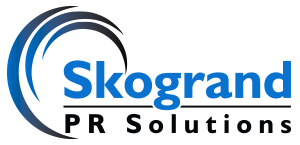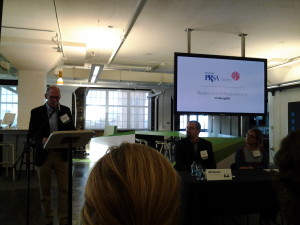With a panel made up of agency, corporate and academic experts, Minnesota PRSA took some of the mystery out of PR measurement and social media campaign evaluation at a recent event moderated by Douglas K. Spong, APR, Fellow PRSA, founder and president of Spong PR.
Given the overwhelming amount of data available to communications professionals, it can be hard to know what’s relevant.
“You don’t need all the data,” said William Stentz, director of marketing analytics at Carmichael Lynch. “You need the right data.”
Stentz said that, in addition to campaign evaluation, data has a role at the beginning of a campaign. He recommends that four questions be asked at the outset:
- What is the business objective?
- What will you do with the information?
- What do you expect to find?
- What happens if that’s not what I find?
For small organizations without a big budget, there still is hope. Panelist Sarah Roddis, senior manager of consumer insights and strategy at Target, mentioned Google Analytics and secondary research as useful tools.
Public relations, social media and advertising professionals would be wise to put their storytelling skills to use when sharing results with upper management.
Dr. Michael C. Porter, APR, director of the Master of Business Communication and Master of Science in Health Care Communication programs in the Opus College of Business at the University of St. Thomas, said that data can serve as the foundation for the story when meeting with upper management.
“Set the goal for the meeting, and share the metrics that support your goal,” added Roddis.
Cavan Reagan Reichmann, social engagement chair and partner at Spong PR, emphasized that divining and telling the story from data is the future of analytics.
Despite all the data that measurement tools can provide, the human element still is vital.
Stentz said that future trends in measurement include analyzing comments and subjective feedback, and having a human interpret the data.
After all, a human still is needed to make sense of it all, tie together trends, and see the big picture.

